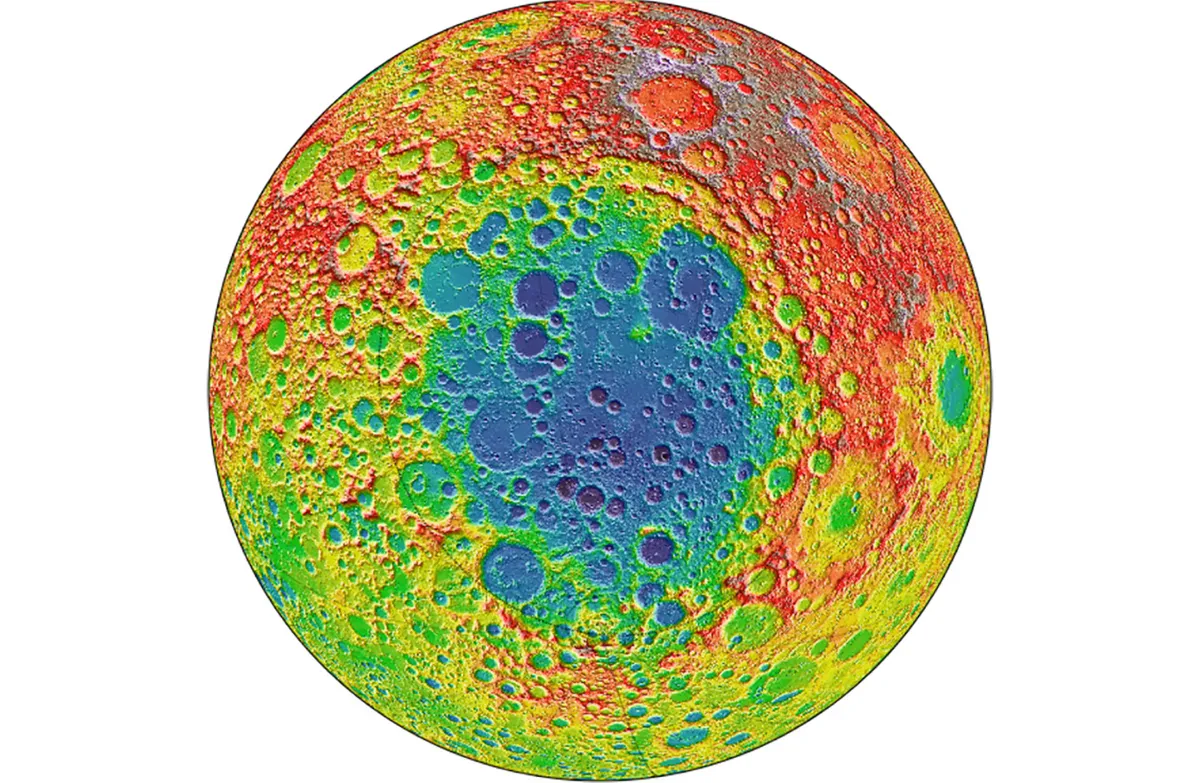China's Chang'e 6 spacecraft has lifted off from the surface of the Moon and is now heading back to Earth, with a touchdown date of around 25 June 2024 expected.
This follows the spacecraft's successful landing on the far side of the Moon, in a region called the South Pole-Aitken Basin, on 2 June.
The China National Space Agency said its uncrewed spacecraft made a successful landing and everything "went smoothly, as planned."

The Chang'e 6 lander touched down on the surface of the Moon at 06:23 Beijing time on the morning of Sunday 2 June (22:23 UTC on Saturday 1 June).
The spacecraft launched on 3 May 2024 from Wenchang Space Launch Centre atop a Long March 5 rocket.
At 02:10am on 8 May, Chang’e 6 entered orbit around the Moon, and had been awaiting its attempted landing since then.
Following the successful landing, the next stage of the mission was to collect a sample of lunar material and return it to Earth for study.

Chang'e 6 may be able to collect some of the oldest rocks on the Moon from the huge crater located at the lunar South Pole.
If the Chang'e 6 mission is successful, this will be a huge scientific achievement, allowing the study of moonrocks under laboratory conditions back on Earth.
But it will also be seen as a huge symbolic win for the space agency, proving China's prowess and marking it as a rising space power to be taken seriously.
The mission follows the return capsule of China's Chang’e 5 mission on 16 December 2020, which brought back 1,731g (61 oz) of lunar dust for study.

How Chang'e 6 landed
A key obstacle with the Chang'e 6 mission was the ground control team on Earth communicating with a spacecraft on the far side of the Moon.
This is because the same side of the Moon always faces Earth, meaning if a spacecraft is on the far side of the Moon, the Moon is blocking communication between Earth and the spacecraft.
To resolve this, China uses relay satellites to convey signals from the surface back to Earth.
The Queqiao-2 relay satellite was launched in March 2024 and weighs 1,200kg (2,645lb).

It orbits the Moon and enables support of missions across the whole of the Moon, meaning China's ground team can converse with the uncrewed spacecraft.
The Chang'e 6 lander separated from the orbiter and made its descent to the lunar surface.
Chang'e 6 has an autonomous visual obstacle avoidance system that can detect obstacles.
Its camera was used to select a safe landing area by studying the lunar topography.
About 100 metres above the surface of the Moon, the lander hovered before commencing its descent.

Chang'e 6's landing region explained
Why land in the South Pole–Aitken Basin?
This region is thought to be the deepest, oldest crater on the Moon, so study of Chang'e 6's sample could enable scientists to learn more about the Moon's formation and, ultimately, about the history of our Solar System.
Chang’e 6 has a drilling capacity of up to 2m and could capture as much as 2kg of lunar sample for return to Earth.
But the other draw to the South Pole is the potential presence of water ice in this region.
Any human settlement on the Moon would be heavily advantaged by being situated near stores of water ice, as it could be used for drinking water, to produce oxygen for breathing or even to produce rocket fuel for onward missions.
NASA's Artemis 3 mission, for example, plans to land astronauts at the lunar south pole for that very reason.
If humanity is to take the next step and put a permanent settlement on the Moon, making our natural satellite a new occupied outpost in space, China has just taken a huge step towards making that a reality.

